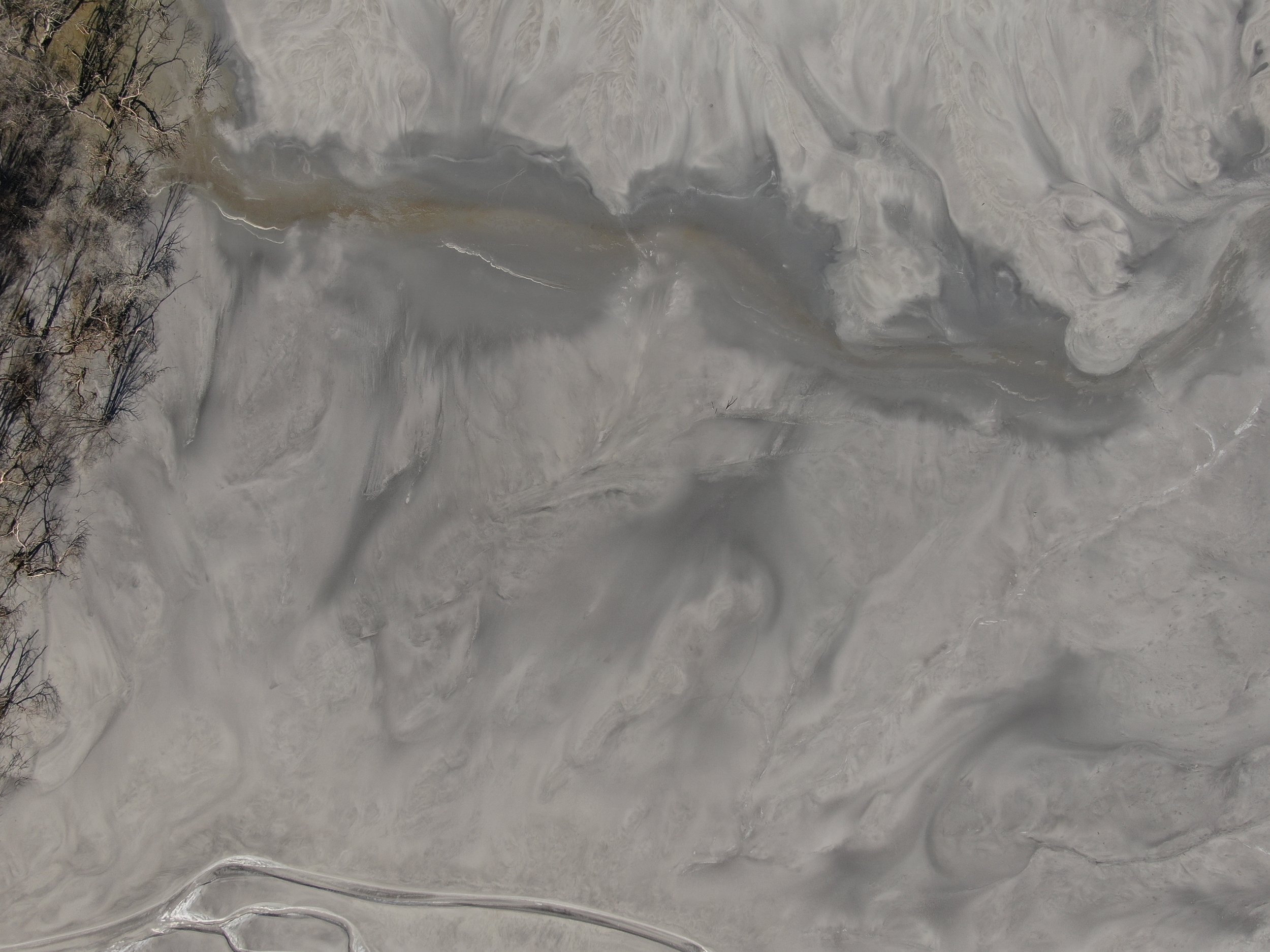
Coal-ash recycling - how can we get this happening in the Hunter and Lake Macquarie?
The removal and beneficial recycling of this source of contaminating waste could reduce ecosystem pollution in key water ways and underpin long-term, skilled jobs in regions sensitive to the structural changes in the energy sector
In 2021, four years after the campaign to #CleanUpCoalAsh commenced, the NSW Government committed time and money to investigating coal-ash waste recycling opportunities, in light of the of community, health and environmental impacts that were exposed through the NSW Upper House Inquiry into the Cost of remediating sites containing coal-ash repositories.
The inquiry saw Transport NSW and Regional NSW adopt a circular economy approach to this massive waste stream, and trials to increase the use of ash in road-base undertaken.
The NSW EPA introduced stricter regulation of water pollution from NSW power stations, and have expanded their own investigations into the water and ecosystem impacts facing Lake Macquarie from coal ash waste leachate.
The recent listing of the Kerosene Vale ash dump under the Contaminated Lands Act. reveals that the Government and EPA are really only just beginning to take tangible action on the legacy pollution impacts of coal fired power.
While minor increases in the recycling of fresh fly ash have been made by NSW power station operators including AGL and Origin, this has seen ash dumped elsewhere and does not address the 200+ million tonne legacy waste, languishing on the shores of the Lake Macquarie estuary and creating toxic habitats, like Lake Liddell.
The hot topic of ash recycling has seen growing momentum and exposure but the pressure on Government and polluters to get ash out of the ground, and put it to good use must keep up!
The NSW Government and power station operators are planning to cap and cover approximately 200+million tonnes of ash waste dumped across the state, burying a contamination problem and contingent liability known about since 2014.
NSW ash dumps are not fit for purpose, and the cap and cover approach is an inadequate form of rehabilitation.
AGL are currently seeking top-fill to commence the cap and cover of the Liddell ash dump. Whilst Origin are opening up to increased recycling at Eraring, this is mostly of freshly produced fly-ash and no commitments to comprehensive clean up of legacy ash have been made to date. With the sale of Vales Point to Czech company Se.ven, the fate of the largest and leaching dump on Lake Macquarie is uncertain.
Communities affected by coal-ash waste impacts will not allow power station operators or the NSW Government to get away with leaving this waste problem for future generations, nor for the legacy contamination impacts be left to continue to harm native species living in toxic habitats.
This risk of leachate contamination of groundwater and surrounding ecosystems persisting is unacceptable, as is passing up our chance to create 300 skilled jobs to recover an estimated $36 billion worth of the critical minerals including lithium, titanium and alumina in NSW ash waste.
Cap and cover still on the cards…

Write to your MP today - funding needed to trial recycling processes on NSW legacy waste!

Communities and ecosystems in Lake Macquarie, the Central Coast and Hunter Valley have been living with coal-ash waste impacts for far too long.
A varied alliance of community and environment groups have been working since 2018 to research contamination impacts and find solutions to coal-ash waste pollution, and to understand how the Hunter and Lake Macquarie could benefit from ash recycling.
Out of the Ashes 2. HCEC. 2020
The Hunter and Lake Macquarie have the lion’s share of accumulated ash waste, approximately 180million tonnes of waste.
Leachate from Eraring and Vales Point ash has affected the Lake Macquarie estuaries commonly-caught seafood, found to have unsafe levels of heavy metals.
Liddell and Bayswater ash leachate impacts have contributed to rendering one of the largest Black Swan roosting sites, Lake Liddell potentially lethally toxic to water birds.
Efforts comprehensively decontaminate a 200+ million tonne legacy waste accumulated in unlined and leaching dumps across NSW will realistically take decades - let’s get to work
The re.source project proposal developed by chemical engineer and Wilco Envirotech founder Nick Willis together with co-founder Dr. Ingrid Schraner is the only proposal we are aware of designed to remove and beneficially recycle the entire volume of legacy ash waste.
A fully operational plant as proposed by Wilco Envirotech could process 1 million tonnes of ash per year, employ 300 skilled workers in long-term, local and quality jobs recovering critical minerals needed to underpin the manufacturing of products from solar panels to optic fibre, aluminium, paint, high-performance metal alloys, and safely processing heavy metal pollutants into lightweight structural aggregates and earth fills.
Why support the re.source project of Wilco Envirotech?
It would take $30million dollars investment from the NSW or Federal Governments to establish a pilot plant and run technical trials to refine the process comprising Wilco Envirotech’s re.source proposal, on NSW coal-ash waste.
In September 2022, the Hunter Community Environment Centre alongside representatives of the Coal-ash Community Alliance, Hunter Jobs Alliance, NSW Australian Manufacturing Workers Union, NSW Electrical Trades Union and start-up Wilco Envirotech hosted public meetings in Lake Macquarie and the Hunter to share a proposal to recycle coal-ash which has grown from grassroots aspiration into a fully-fledged business plan in need of investment.
Communities, unions, business & Government aligned on ash recycling
Summary of research: coal-ash contamination in NSW
Presented by Paul Winn, HCEC Senior Researcher
Report prepared for the Hunter Community Environment Centre by Dr Ingrid Schraner, Lilli Pilli Consulting
Wilco Envirotech 're.source’ proposal to start emptying ash dams
Concept pack from 2022 Accenture Venture Studio, WWF Australia’s Innovate 2 Regenerate Challenge
Research & resources
Presentations shared at the public meetings in Lake Macquarie, September 8th and Hunter, September 15th 2022.
See Reports and Research for all publications on coal-ash impacts







